________________________________________________________________________________
Compact Track Loaders / Caterpillar Compact Track Loaders / Cat 289D3Caterpillar 289D3 Track Loader Troubleshooting

The Cat 289D3 compact track loader driveline system components: a 203.1 cu.in (3.3L) Cat C3.3B DIT 4-cylinder turbo diesel engine with a rated power of 72.9 hp (54.4 kW), and 2-speed hydro transmission. The high flow XPS hydraulic system has a pump with a rated flow of 32 gpm (121 lpm). The system pressure is 4060 psi (280 bar). The Caterpillar 289D3 is equipped with vertical-lift loader boom, fully suspension undercarriage, and 15.7" (400 mm) or 17.7" (450 mm) rubber tracks. The loader has a max lift height of 125.1" (3.2 m) to hinge pin and dump height of 94" (2.4 m). The rated operating capacity is 2890 lbs (1315 kg), and tipping load is 8260 lbs (3760 kg).
Engine Troubleshooting
Engine starts hard or will not start
There is air in the fuel system - Bleed the system.
Fuel filter element clogging - Clean the filter or install new filter element.
Fuel injection nozzles are faulty or clogged - Install a new kit of correctly balanced nozzles.
Water or dirt in fuel system - Drain, flush, and service the system.
Valve clearance is out of adjustment - Adjustment procedure required.
Fuel injection pump is damaged - Replacement or repair required.
Engine starts but then stalls
Clogged air cleaner - Clean or replace air cleaner element.
Dirty fuel filter - Replace filter element.
Problems with fuel injection pump tightness - Inspect fuel injection pump for leaks.
Clogged or defective injectors - Test and replace fuel injectors if necessary.
Faulty fuel injection pump - Rebuild or install a new injection pump.
Diesel shuts off while driving
Engine is not preheated - Warm up to required temperature.
Clogged fuel filter - Change filter element.
Air in the fuel lines - Bleed the fuel lines.
Damaged or dirty injection nozzles - Clean or replace injection nozzles.
Wrong setting of fuel injection pump timing - Set up as recommended.
Engine stalling at idle
Improperly adjusted low idle speed - Adjustment required.
Fuel injection pump malfunction - Replace or rebuild injection pump.
Clogged or defective injectors - Test and replace fuel injectors if necessary.
Valve clearance is wrong - Need to adjust valve clearance.
Engine loses power
Air filter is plugged - Clean or change filter.
Fuel injection nozzles are damaged - Service or change injection nozzles.
Improper fuel injection pressure - Test fuel injection pressure and adjust it correctly.
Improper valve clearance - Need to adjust valve clearance.
Wrong adjustment of low idle speed - Correct low idle adjustment.
Dirty fuel hoses or lines - Service fuel lines and hoses.
Cylinder head gasket defective - Gasket should be replaced.
Damaged or leaking piston rings - Piston rings need to be replaced.
Engine overheated
Not enough coolant - The cooling system needs to be refilled and checked for faults.
Engine oil level is insufficient - Fill up the oil to required level.
Defective radiator cap or clogged radiator fins - Replace cap or clean radiator.
Excessive wear of the fan belt - Change as required.
Engine is overloaded - Reduce engine load.
Insufficient oil pressure
Low crankcase oil level - Add oil to the engine crankcase.
Oil filter is dirty - Service or replace engine oil filter.
Different type of engine oil - Fill up with the correct oil viscosity.
Incorrect crankshaft bearing oil clearance - Install new bearings.
Oil pump is damaged - Check and replace if necessary.
Engine knocking or noise
Lack of engine oil - Need to add engine oil.
Engine has not warmed up to recommended temperature - Warm up engine as required.
Wrong setting of fuel injection pump timing - Set up as recommended.
Incorrect low idle speed adjustment - Adjust low idling as recommended.
Damaged or clogged injectors - Test and replace fuel injectors if necessary.
Connecting rod is defective or misaligned - Connecting rod needs to be aligned or changed.
Worn or broken pistons - Pistons need to be replaced.
Drive system сan't work in either direction
Hydraulic fluid is insufficient - Fill the system to proper hydraulic fluid level.
Track mechanism is damaged or blocked - Repair or remedy blockage.
Relief valve is damaged - Repair or install a new relief valve.
Suction line or hydraulic filter is clogged - Clean suction line or change hydraulic filter.
Defective foot or hand controls - Repair or change.
Drive motor or pump is defective - Repair or change faulty component.
Machine does not move straight or moves jerky
Jammed or damaged undercarriage tracks - Repair or remove jamming.
Tracks are faulty or loose - Adjust track tension as required or replace tracks.
Track frame is clogged with debris, dirt, or foreign objects - Clean track frame, remove debris and foreign objects.
Low power
Hydraulic oil filter is plugged - Replace or clean hydraulic filter.
Relief valve is damaged or open - Change or close relief valve.
Worn or faulty transmission components - Check and replace defective components.
Defective input drive shaft - Repair or replace drive shaft.
Air leaks in hydraulic system - Bleed air from hydraulic system.
Drive system overheating
Hydraulic fluid is insufficient - Add fluid as required.
Dirty hydraulic fluid filter - Change or service hydraulic filter.
Relief valve is not working correctly - Rebuild or install a new relief valve.
Drive pump or hydraulic motor malfunction - Check and repair if required.
Clogged hydraulic oil cooler - Clean cooling fins as required.
Overloaded drive system - Reduce the load.
Excessive noise
Oil viscosity is too heavy - Use proper oil viscosity.
Hydraulic system is leaking air - Bleed air from hydraulic system.
Hydraulic motor or drive pump failure - Inspect and replace as necessary.
Worn or damaged mechanical components of drive system - Inspect the parts for defect or damage and repair as required.
Hydraulic system overheats
Incorrect hydraulic pressure setting - Hydraulic pressure must be set correctly.
Misadjusted or defective main relief valve - Adjust or replace the relief valve.
Hydraulic oil is contaminated - Hydraulic oil change required.
Not enough hydraulic fluid in the system - Add fluid to the hydraulic system.
Defective hydraulic pump - Install new pump or repair it.
Lift arm fails to drop or lift
Damaged lift controls - Repair or change.
Hydraulic pump malfunction - Install new pump or repair it.
Damaged hydraulic control valve - Replace or repair the valve.
Hydraulic cylinder not working - Repair or replace hydraulic cylinder.
Insufficient hydraulic oil - Fill the system to proper hydraulic oil level.
Bucket won't move
Damaged bucket controls - Replace or repair.
Hydraulic pump not working - Repair or install new hydraulic pump.
Faulty hydraulic control valve - Change or repair hydraulic valve.
Hydraulic bucket cylinder not working - Install a new cylinder or repair it.
Insufficient hydraulic oil - Fill the system to proper hydraulic oil level.
Boom or bucket runs slowly
Hydraulic pump is defective - Check pump flow and install new pump if necessary.
Hydraulic cylinder leaking - Repair leak by replacing the seals.
Low hydraulic fluid level - Fill the system to proper hydraulic fluid level.
Hydraulic control valve is not set properly or defective - Set properly or repair.
Hydraulic pressure is low - Correct adjustment is required.
Bucket or boom jerks when working
Hydraulic system is leaking air - Bleed hydraulic system.
Plugged hydraulic oil filter - Change or clean oil filter.
Dirty hydraulic oil - Change hydraulic oil.
Cylinder tube or rod scoring - Change failed component.
Hydraulic pump makes excessive noise
Hydraulic system leaking or not enough oil - Add hydraulic oil or correct system leaks.
Clogged hydraulic filter - Clean or install new filter.
Suction line is dirty - Suction line needs to be cleaned.
Air trapped in hydraulic pump - Bleed air.
Pump components are worn out - Replace or rebuild the pump.
Battery is not charging
Electrical cable connections are corroded or loose - Tighten or service connections.
Faulty battery terminal connectors - Terminal connectors need to be changed.
Battery bad cell - Change the battery.
Loose or damaged belt - Change belt or adjust belt tension.
Starter motor turns slow
Battery capacity is low - Recharge the battery.
Battery will not hold charge - Service charging system or change battery.
Battery cables are disconnected or terminals are faulty - Check wiring and clean or replace terminals.
Starter will not crank
Battery is low or faulty - Battery needs to be recharged or replaced.
Wiring is improperly connected or disconnected - Check wiring and connect properly.
Low battery voltage - Recharge the battery.
Damaged starter motor - Repair or install a new starter.
________________________________________________________________________________
________________________________________________________________________________________
| BOBCAT SKID STEER AND COMPACT TRACK LOADERS |
________________________________________________________________________________________
________________________________________________________________________________________
________________________________________________________________________________________
________________________________________________________________________________________
| GEHL SKID STEER AND COMPACT TRACK LOADERS |
________________________________________________________________________________________
________________________________________________________________________________________
________________________________________________________________________________________
| CASE SKID STEER AND COMPACT TRACK LOADERS |
________________________________________________________________________________________
________________________________________________________________________________________
________________________________________________________________________________________
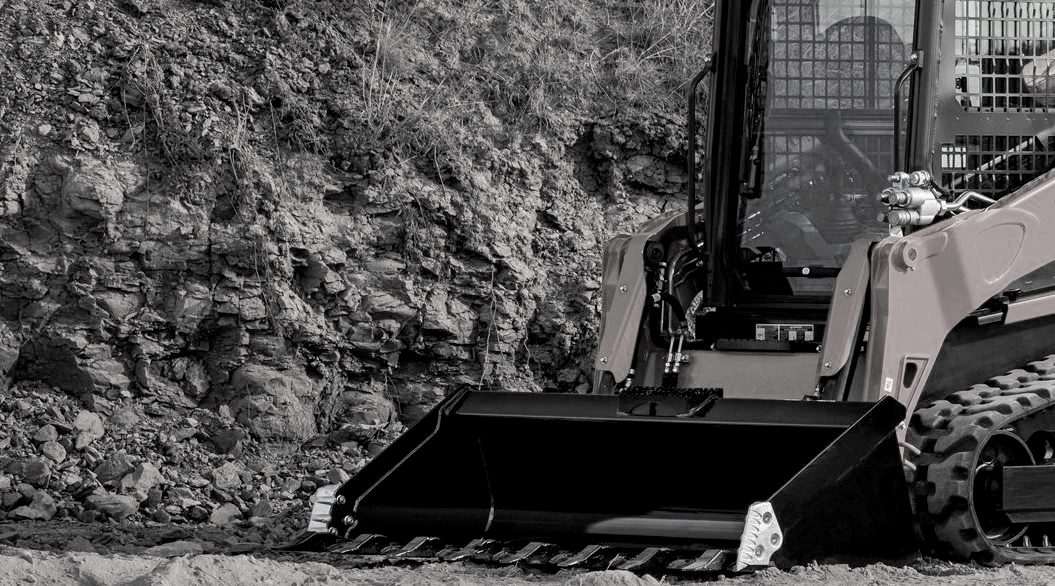
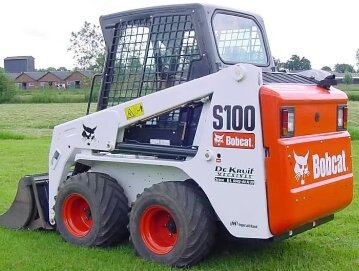 S100
S100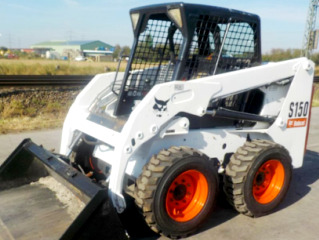 S150
S150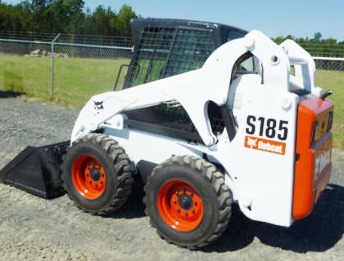 S185
S185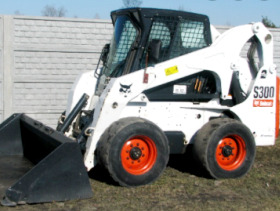 S300
S300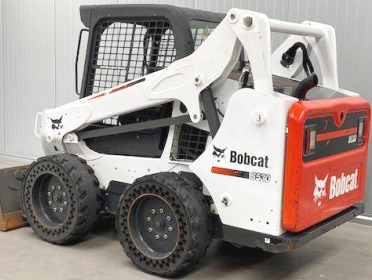 S530
S530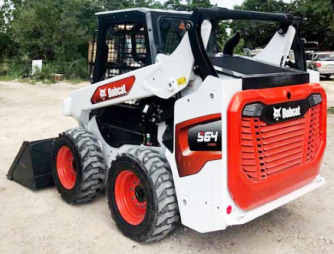 S64
S64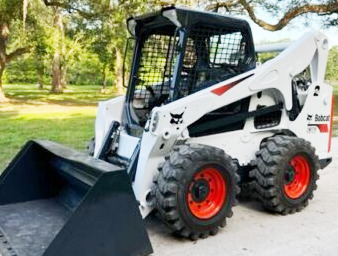 S740
S740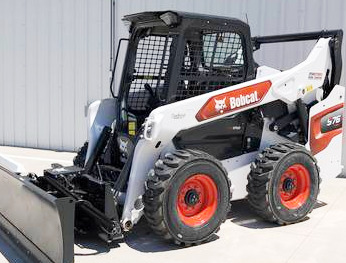 S76
S76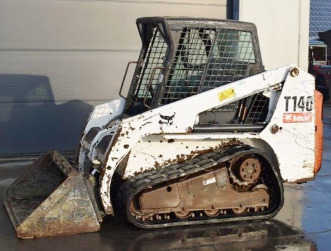 T140
T140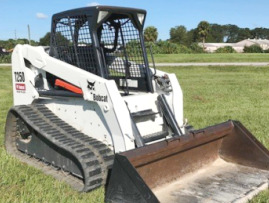 T250
T250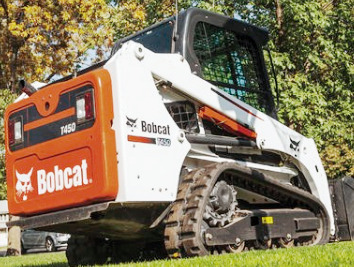 T450
T450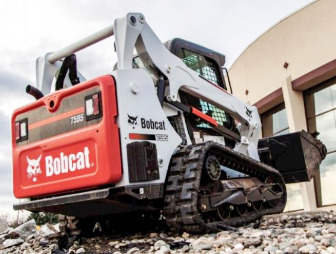 T595
T595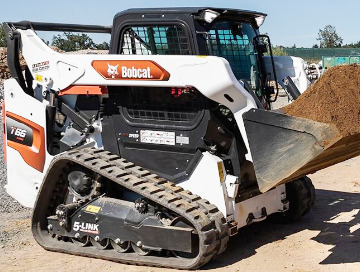 T66
T66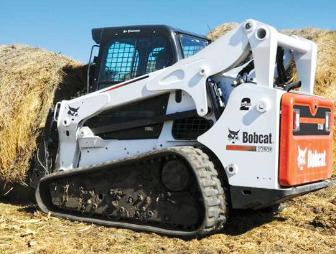 T750
T750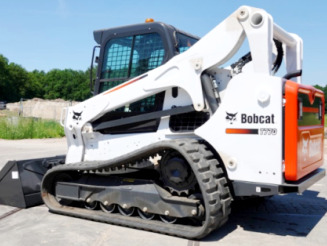 T770
T770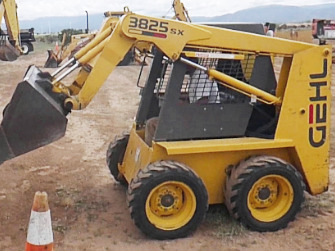 3825SX
3825SX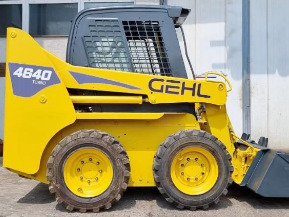 4640
4640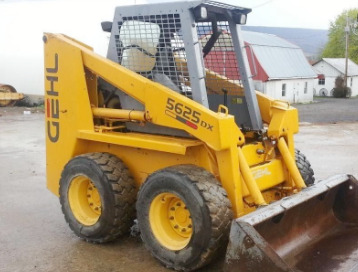 5625DX
5625DX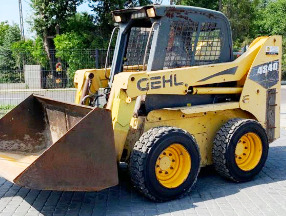 4840E
4840E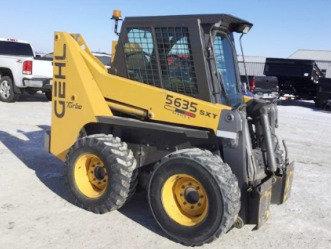 5635SXT
5635SXT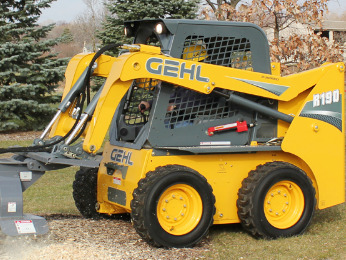 R190
R190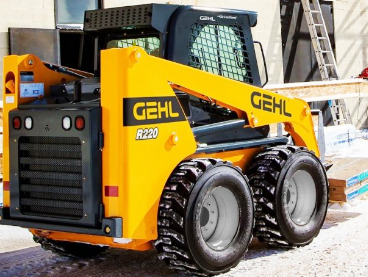 R220
R220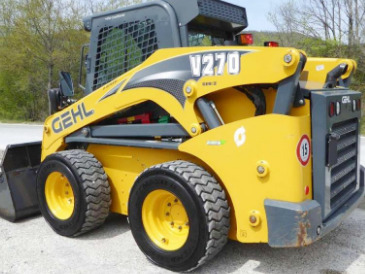 V270
V270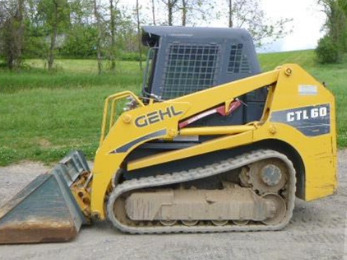 CTL60
CTL60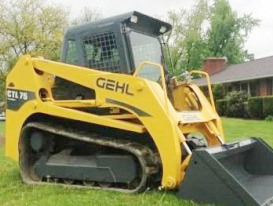 CTL75
CTL75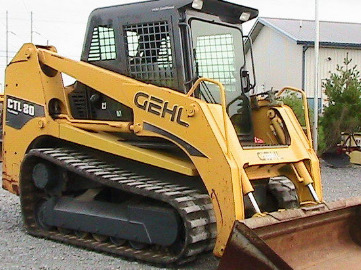 CTL80
CTL80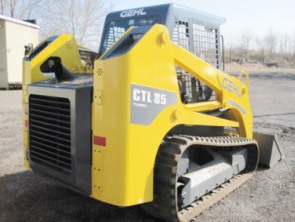 CTL85
CTL85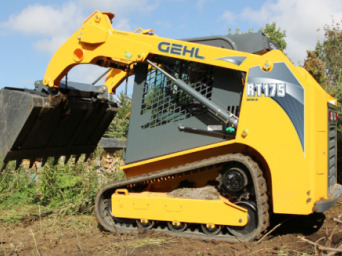 RT175
RT175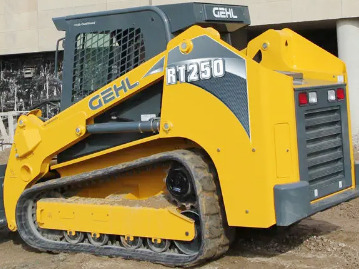 RT251
RT251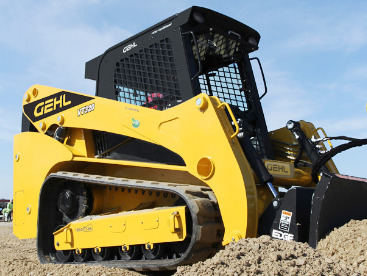 VT320
VT320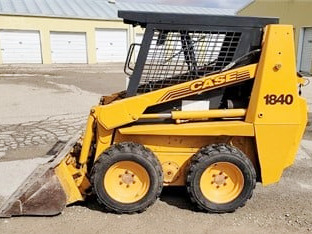 1840
1840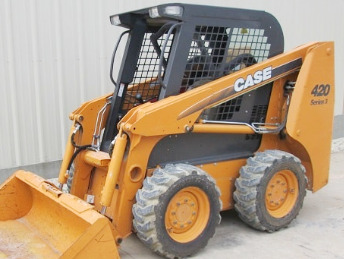 420
420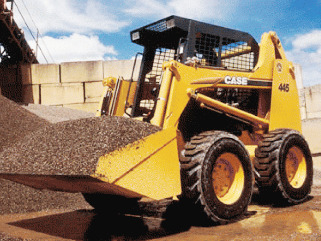 445
445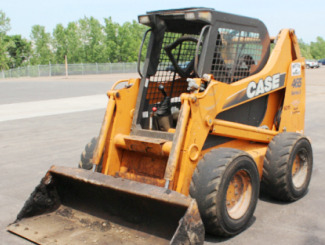 465
465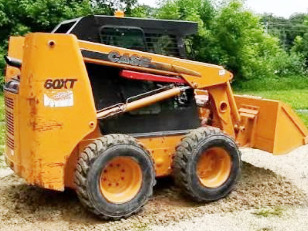 60XT
60XT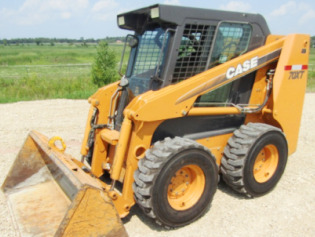 70XT
70XT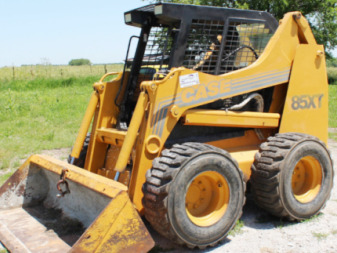 85XT
85XT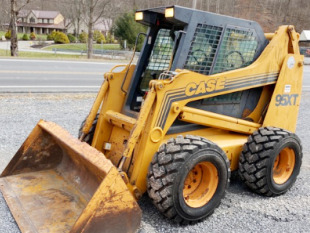 95XT
95XT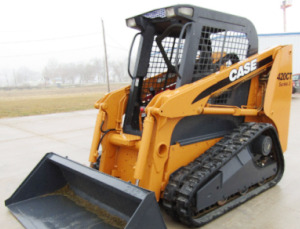 420CT
420CT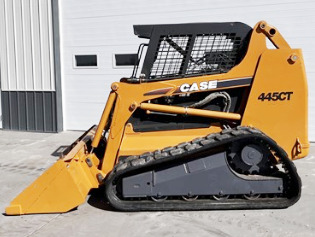 445CT
445CT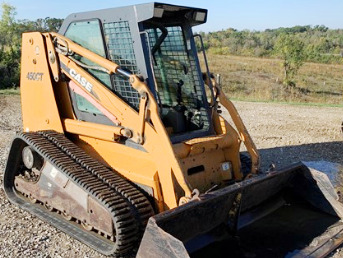 450CT
450CT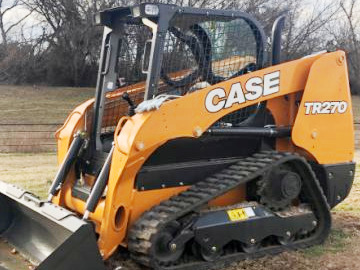 TR270
TR270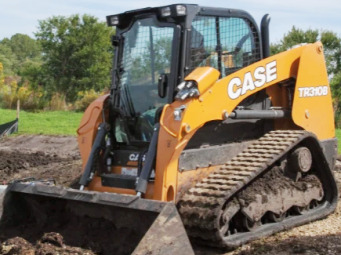 TR310B
TR310B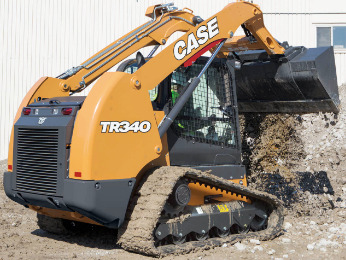 TR340
TR340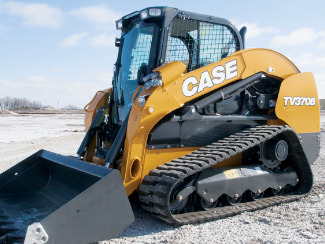 TV370B
TV370B